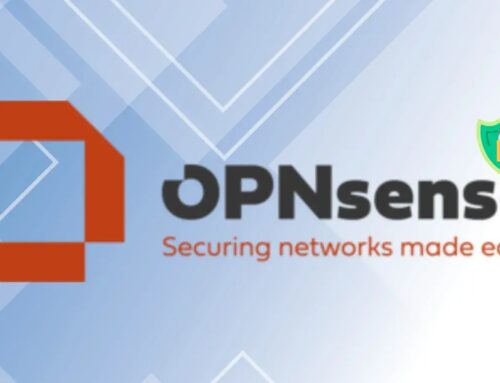
Beware of Phishing Email from Kimusky Hackers With Subject Spetember Tax Return Due Date Notice
A sophisticated phishing campaign targeting Naver users has emerged, leveraging the seemingly legitimate guise of South Korea’s National Tax Service. These attacks, exploiting familiar electronic document notification formats, highlight the continuous threat posed by social engineering tactics. As a cybersecurity professional, understanding the nuances of these campaigns is crucial for effective defense.
Deconstructing the Kimusky Phishing Attack
The recent phishing wave, active as of August 25, 2025, meticulously mimics official communications. Adversaries are distributing emails with the sender displayed as “National Tax Service,” aiming to instill a false sense of security. The subject line, notably “Spetember Tax Return Due Date Notice,” is crafted to create urgency and prompt immediate action from recipients. This particular campaign aims to compromise Naver credentials, a critical gateway for many South Korean users.
The attackers have even gone as far as replicating Naver’s secure document service format, making it incredibly difficult for unsuspecting users to differentiate between legitimate and malicious communications. This level of detail in spoofing underscores the evolving sophistication of phishing methodologies.
Tactics, Techniques, and Procedures (TTPs) Employed
- Email Spoofing: The sender’s display name is meticulously crafted to appear as “National Tax Service,” a common tactic to bypass initial user skepticism.
- Urgency and Social Engineering: The subject line, “Spetember Tax Return Due Date Notice,” is designed to create a sense of urgency, compelling recipients to click on malicious links without careful scrutiny.
- Brand Impersonation: The email’s body and landing page closely mimic Naver’s secure document service, leveraging established brand trust to trick users.
- Credential Harvesting: The ultimate goal of this campaign is to harvest Naver login credentials, which can then be used for further malicious activities, including identity theft, financial fraud, or access to other linked services.
Remediation Actions and Proactive Defense
Mitigating the risk of these advanced phishing attacks requires a multi-layered approach, combining robust technical controls with continuous user education.
- User Awareness Training: Conduct regular, up-to-date training sessions on identifying phishing attempts, emphasizing scrutiny of sender addresses, suspicious links, and urgent language. Train users to independently verify unexpected requests directly with the alleged sender through official channels, not by replying to the suspicious email.
- Email Security Gateways: Implement and meticulously configure advanced email security solutions that include robust spam filtering, phishing detection, URL rewriting, and sandboxing capabilities to quarantine or block malicious emails before they reach end-users.
- Multi-Factor Authentication (MFA): Enable and enforce MFA for all critical accounts, especially those accessing sensitive services like email, financial platforms, and cloud applications. Even if credentials are stolen, MFA acts as a significant barrier to unauthorized access.
- Link Analysis Tools: Encourage users to hover over links to inspect the actual URL before clicking. Organizations can deploy tools that automatically scan and warn users about malicious links in emails.
- Domain Name System Security Extensions (DNSSEC): Implement DNSSEC to prevent DNS cache poisoning and other DNS-based attacks that can redirect users to malicious websites.
- Endpoint Detection and Response (EDR): Deploy EDR solutions to monitor endpoints for suspicious activity, including attempts to execute malicious scripts or install malware after a user has clicked a malicious link.
- Regular Penetration Testing and Phishing Simulations: Continuously test your organization’s resilience by conducting simulated phishing campaigns to identify vulnerable users and areas for improvement in your security posture.
Relevant Tools for Enhanced Security
| Tool Name | Purpose | Link |
|---|---|---|
| Proofpoint Essentials | Advanced Email Security Gateway | Proofpoint Essentials |
| Microsoft Defender for Office 365 | Email & Collaboration Security | Microsoft Defender for Office 365 |
| KnowBe4 Security Awareness Training | User Phishing Simulation & Training | KnowBe4 |
| Mimecast Email Security | Cloud-based Email Security | Mimecast |
Conclusion
The “Kimusky Hackers” phishing campaign targeting Naver users serves as a stark reminder of the persistent and evolving threat landscape. The meticulous replication of legitimate services and the exploitation of perceived authority figures like the National Tax Service underscore the critical need for sophisticated defenses. By prioritizing user education, implementing robust technical controls, and staying vigilant against emerging TTPs, organizations can significantly reduce their exposure to these insidious attacks. Cybersecurity is not merely a technical challenge; it is a human one, demanding continuous vigilance and informed action from every user.





